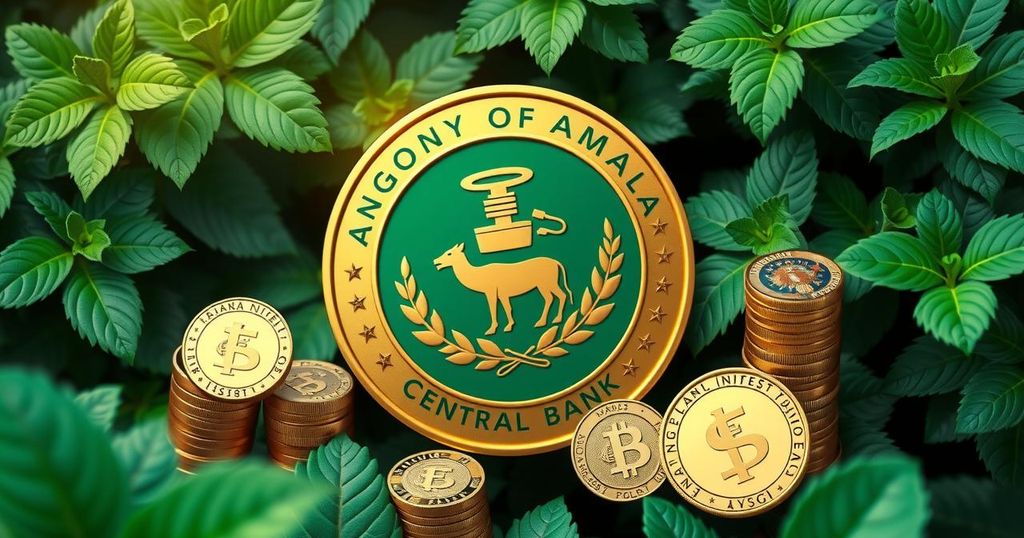Companies
AFRICA, ANGLO AMERICAN, ASIA, BOTSWANA, CANADA, CHAMWE KAIRA, CHINA, DE BEERS, DEBMARINE NAMIBIA, DEBSWANA, FOREIGN INVESTMENT, GLOBAL ECONOMY, INDIA, INTERNATIONAL TRADE, INVESTMENT, INVESTMENTS, JWANENG, MEXICO, MINING, NAMDEB, NAMIBIA, NORTH AMERICA, ORAPA, REPUBLIC OF BOTSWANA, SOUTH AFRICA, UNITED STATES
Leila Ramsay
0 Comments
Namibia’s Rich Marine Diamond Deposits: Current Insights and Future Trends
Namibia harbors approximately 75 million carats of marine diamonds. De Beers, in partnership with the Namibian government, operates both land and offshore diamond mining. Production has decreased slightly to 2.2 million carats in 2024. A separation of De Beers from Anglo American may enhance strategic flexibility. Additionally, the retail landscape is evolving as demand for natural diamonds increases and lab-grown diamond prices fall.
Namibia boasts the richest marine diamond deposits globally, with an estimated reserve of about 75 million carats across approximately 1.0 million square kilometers of seabed. Marine diamonds comprise roughly 80% of the partnership’s total diamond production and 94% of its resources, as reported in the Anglo American 2024 Integrated Report. The De Beers Group, owned by Anglo American, operates in Namibia through joint ventures with the government, specifically in land-based mining (Namdeb) and offshore mining (Debmarine Namibia).
In 2024, Namibia’s diamond production decreased by 4%, totaling 2.2 million carats, down from 2.3 million carats in 2023. This decline is attributed to a strategic reduction in output from Debmarine Namibia, which experienced a 13% drop year-on-year, although higher-grade mining efforts at Namdeb helped partially offset this reduction. De Beers accounts for approximately one-third of the world’s rough diamond production by value, sourced from Botswana, Canada, Namibia, and South Africa.
De Beers, in collaboration with the Government of Botswana, operates Debswana, which includes the renowned Jwaneng mine, known for its high value, and the Orapa mine, recognized for its substantial carat resources. Anglo American is pursuing a dual-track strategy, either divesting or spinning off De Beers to enhance strategic flexibility for both entities and maximize value for their shareholders, specifically the Botswana government and Anglo American.
This separation aims to enable De Beers to fully capitalize on its strategy, established in May, focusing on four pivotal areas while striving to cut overheads by USD 100 million. The report anticipates that increased demand from countries such as the United States and India will diminish midstream inventories, with retailer restocking bolstered by effective marketing of natural diamonds and improving macroeconomic conditions in markets like China.
Additionally, lab-grown diamond wholesale prices continue to decline due to excess stocks in India and China, impacting retail prices as well. This trend is expected to enhance consumer awareness regarding the differences between lab-grown and natural diamonds, with indications that U.S. retailers are increasingly shifting their focus back to natural diamonds as profitability grows in that sector.
Namibia remains a leading player in the diamond industry, with extensive marine deposits and effective production strategies. While production has seen a slight decline, the collaboration between De Beers and the Namibian government continues to optimize resource recovery. The evolving dynamics between natural and lab-grown diamonds, coupled with global demand, indicate a promising outlook for the diamond market, particularly for natural diamonds moving forward. Importantly, the potential separation of De Beers from Anglo American signifies a strategic shift that could enhance performance and shareholder value.
Original Source: www.observer24.com.na




Post Comment